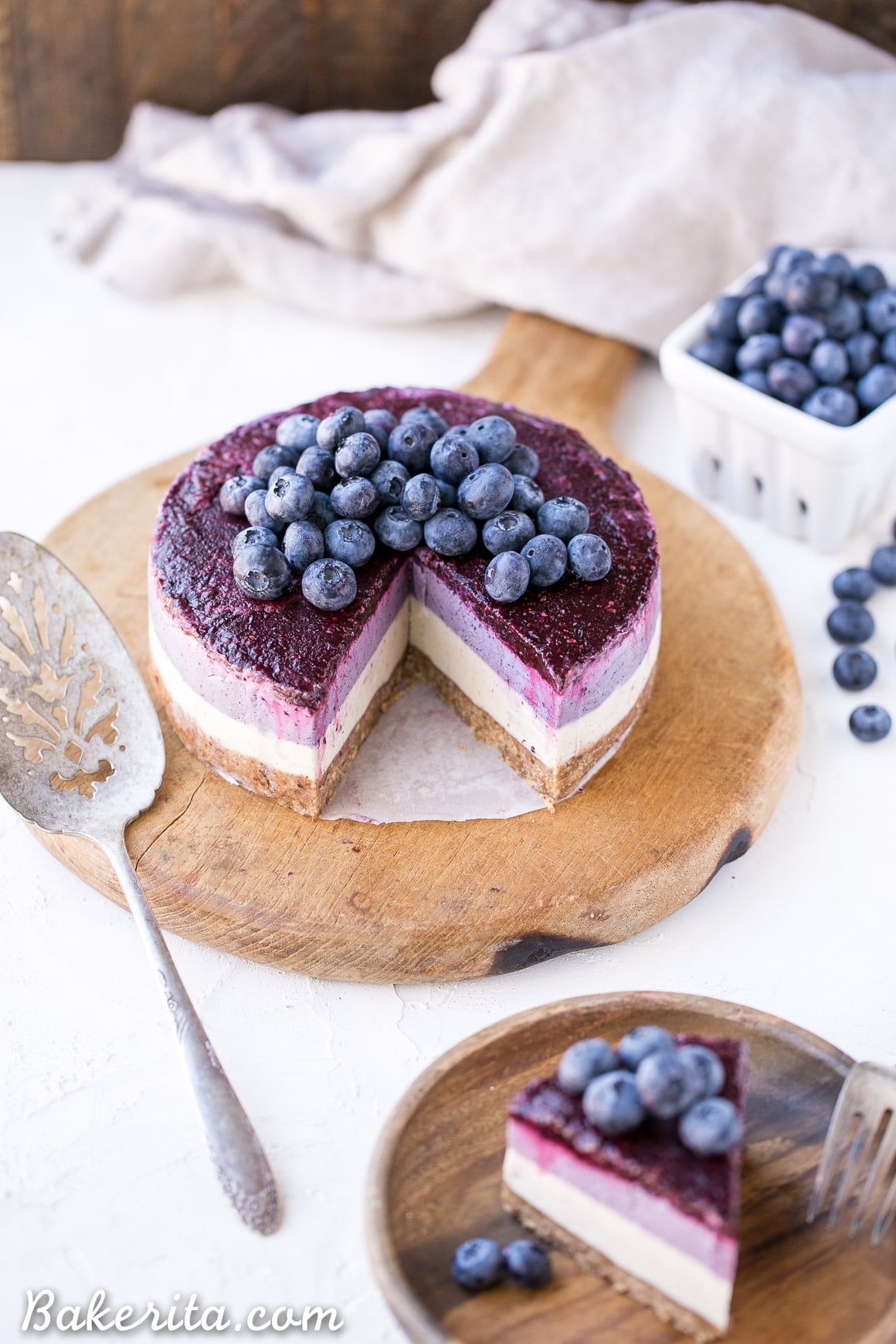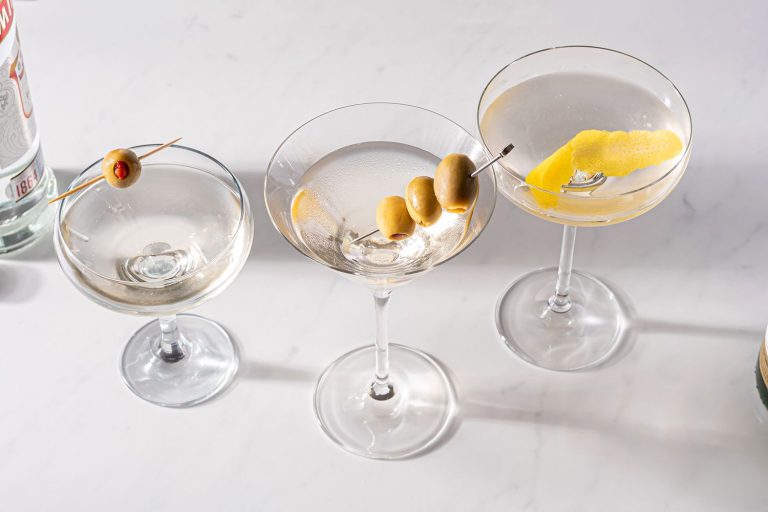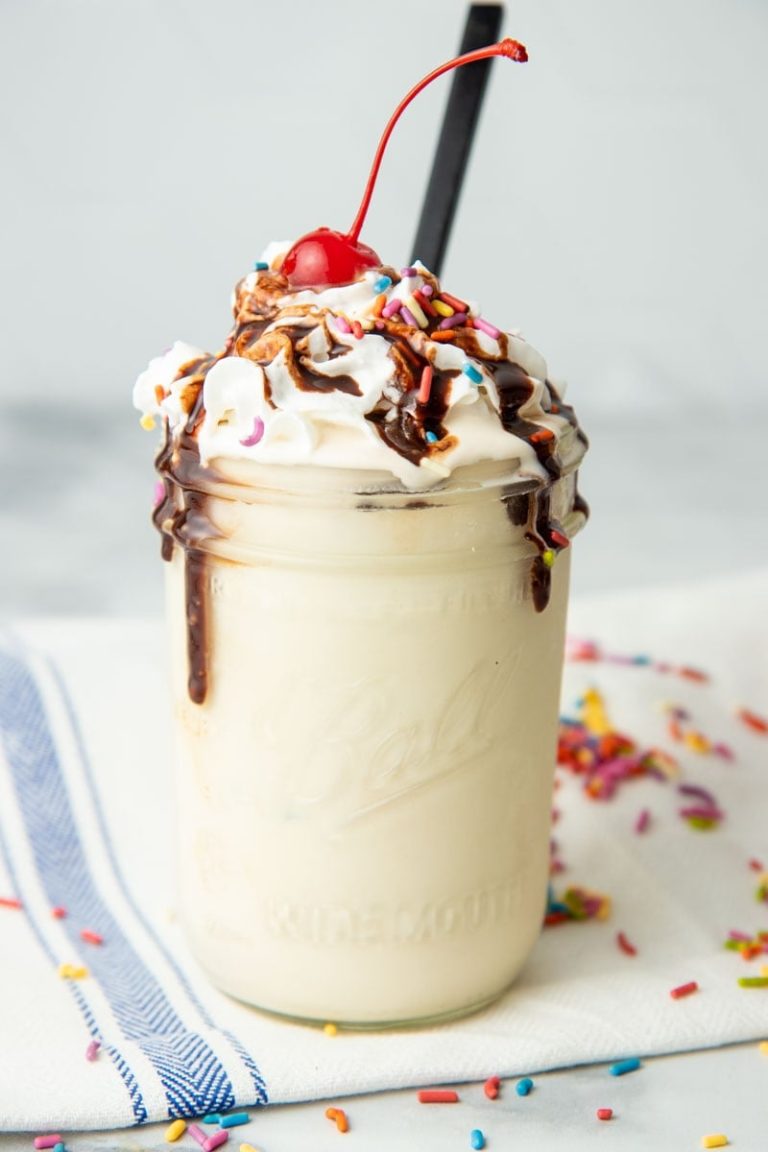Blueberry Cheesecake: History, Recipes, Nutritional Info, and Presentation Tips
Cheesecake dates back to ancient Greece, around 2000 BCE. The Greeks considered it a source of energy, serving it to athletes during the first Olympic Games. Romans later adopted the recipe, adding eggs and baking the mixture under hot bricks.
In medieval Europe, cheesecake recipes evolved further, incorporating sugar and spices. By the 18th century, cream cheese had become a key ingredient in American cheesecake, thanks to the innovations of European immigrants.
Introduction of Blueberries in Baking
Blueberries began appearing in baking recipes in the 19th century, particularly in the United States. Native to North America, blueberries have a rich culinary history among Indigenous peoples. Commercial cultivation started around 1910, making blueberries widely available.
Blueberry cheesecake likely emerged as a fusion of traditional cheesecake recipes and the increased availability of blueberries. Combining creamy cheesecake with the sweet, slightly tart flavor of blueberries created an iconic dessert that remains popular today.
Ingredients and Variations
Essential Components of Blueberry Cheesecake
To make a classic blueberry cheesecake, you need several key ingredients. Cream cheese forms the base, providing a rich and creamy texture. Sweetened condensed milk or granulated sugar adds sweetness and complements the tanginess of the cream cheese. Eggs help bind the mixture, ensuring a smooth and cohesive filling.
For the crust, graham crackers or digestive biscuits are commonly used. Crushed cookies mixed with melted butter create a firm and flavorful foundation. Fresh or frozen blueberries serve as the primary fruit component, offering robust sweetness and a hint of tartness. Lemon juice and zest introduce a fresh, citrusy note.
Vanilla extract enhances the overall flavor profile, adding depth and complexity. Sour cream or heavy whipping cream can be added for extra creaminess. A blueberry topping made from simmering blueberries with sugar and a bit of cornstarch thickens to create a glossy finish.
Creative Twists on the Traditional Recipe
To innovate on traditional blueberry cheesecake, explore different variations. Opt for a nut crust using ground almonds or pecans instead of graham crackers. This substitution adds a crunchy texture and unique flavor. Consider incorporating different berries, like raspberries or blackberries, for a mixed berry cheesecake.
For a healthier version, use Greek yogurt in place of sour cream or heavy cream. This option maintains creaminess while reducing calories and fat content. Experiment with adding white chocolate chips into the filling for a sweet twist or swirling blueberry puree into the batter for a marbled effect.
Infuse the crust with spices like cinnamon or cardamom to create a warming, aromatic base. Transform the dessert into a mini version by using muffin tins, making individual servings perfect for gatherings. Pair with a lemon or lime curd topping to introduce a zesty contrast.
By experimenting with different ingredients and techniques, you can personalize blueberry cheesecake to match your tastes and impress your guests with unique, delicious variations.
Baking Techniques
Preparing the Perfect Crust
Create a balanced base by combining crushed graham crackers, melted butter, and a touch of sugar. Use a food processor, if available, to achieve a fine texture in the crushed graham crackers. Ensure the mixture resembles wet sand before pressing it evenly into your springform pan. For easier removal, use parchment paper to line the bottom of the pan. Press the crust firmly using the bottom of a measuring cup or glass. Bake the crust at 350°F for about 8-10 minutes until it’s slightly golden. Allow the crust to cool completely before adding the filling.
Achieving the Smoothest Filling
Start by bringing your cream cheese to room temperature to avoid lumps. Beat the cream cheese in a large bowl until it’s smooth and creamy. Gradually add sugar and continue mixing until well combined. Add room-temperature eggs one at a time, mixing on low speed to prevent air bubbles that cause cracks. Incorporate vanilla extract and a touch of lemon juice to enhance the flavor. For a silky texture, use a mixer on low speed and avoid overmixing. Pour the filling over the cooled crust and smooth the top with a spatula. Bake the cheesecake in a water bath to maintain moisture and prevent cracking. Keep the oven door closed during baking to avoid temperature fluctuations causing cracks.
Nutritional Information
Caloric Content
A slice of blueberry cheesecake typically contains 350-450 calories. The variety in calorie count depends on ingredient choices and serving size. Standard recipes use full-fat cream cheese, sugar, eggs, and a graham cracker crust. These components contribute to the calorie content:
| Ingredient | Calories per Standard Portion |
|---|---|
| Cream Cheese | 100-140 calories per oz |
| Sugar | 16 calories per tsp |
| Eggs | 70-80 calories per large egg |
| Graham Cracker Crust | 120-150 calories per slice |
| Blueberries | 85 calories per cup |
Using lower-fat alternatives like reduced-fat cream cheese or Greek yogurt, and sugar substitutes, can lower the caloric content of your cheesecake.
Health Benefits of Blueberries
Blueberries, an essential component of blueberry cheesecake, offer several health benefits. Rich in antioxidants like vitamin C and vitamin K, they contribute to overall health and well-being. These antioxidants help protect your cells from damage and can reduce inflammation.
Blueberries also provide dietary fiber, aiding in digestion and maintaining healthy blood sugar levels. Including blueberries in your diet, even through treats like blueberry cheesecake, can support heart health due to their high levels of anthocyanins, which may lower blood pressure and improve cardiovascular function.
Serving and Presentation Tips
Ideal Pairings
Enhance your blueberry cheesecake by pairing it with complementary flavors. Serve a slice with fresh mint leaves, which add a refreshing contrast. Offer a dollop of whipped cream on the side for added richness. Complement the tartness of blueberries with a drizzle of lemon sauce. Add a scoop of vanilla ice cream to balance the cheesecake’s creamy texture. For a beverage pairing, consider a cup of floral herbal tea or a glass of light, fruity wine.
Decorating Ideas
Elevate the visual appeal of your blueberry cheesecake with simple yet striking decorations. Arrange fresh blueberries in a spiral pattern on top. Dust powdered sugar lightly over the berries for a touch of elegance. Incorporate edible flowers, like violets or pansies, to add color and sophistication. Create intricate chocolate or caramel swirls on the cheesecake’s surface using a piping bag. If you’re hosting a themed event, use cookie cutters to create fun shapes from sliced fruits and place them around the cheesecake. These efforts make your dessert both eye-catching and appetizing.
Conclusion
Blueberry cheesecake is more than just a dessert; it’s a delightful fusion of flavors and textures that can be tailored to your tastes. Whether you’re a traditionalist or an experimenter, there’s a version of this treat that will suit you perfectly. Remember to balance indulgence with health by considering lower-calorie options and leveraging the nutritional benefits of blueberries. Presentation matters too, so don’t hesitate to get creative with your garnishes. Enjoy every bite and make your blueberry cheesecake a memorable centerpiece for any occasion.






